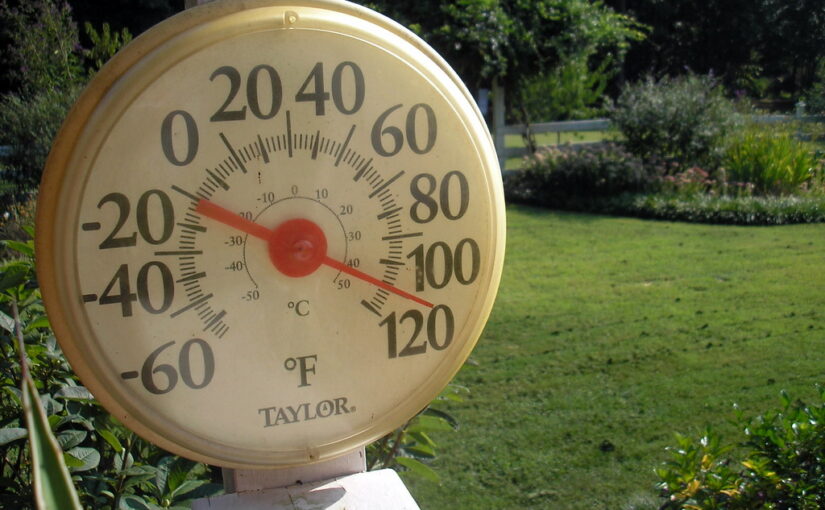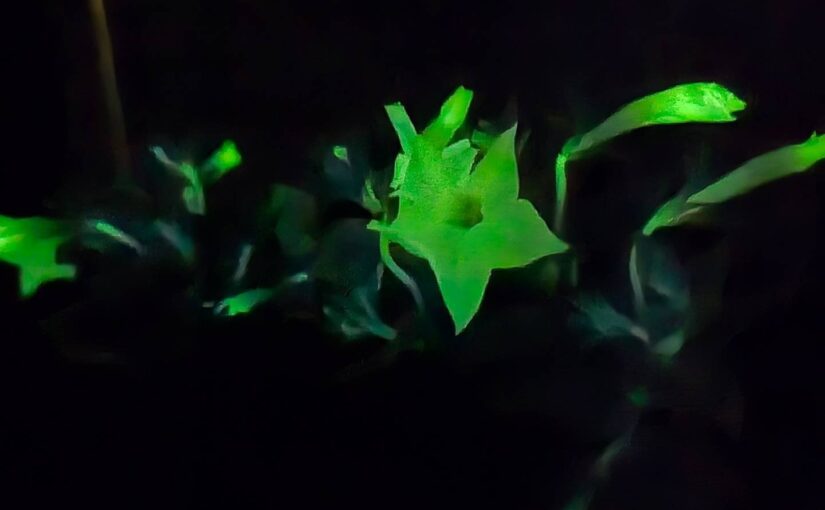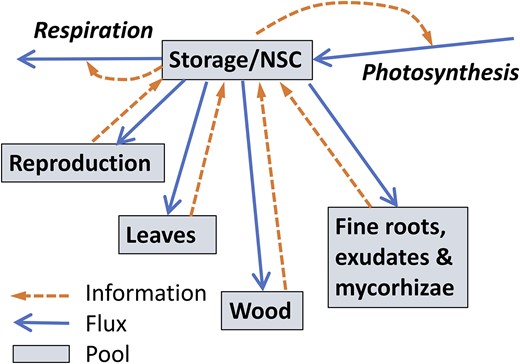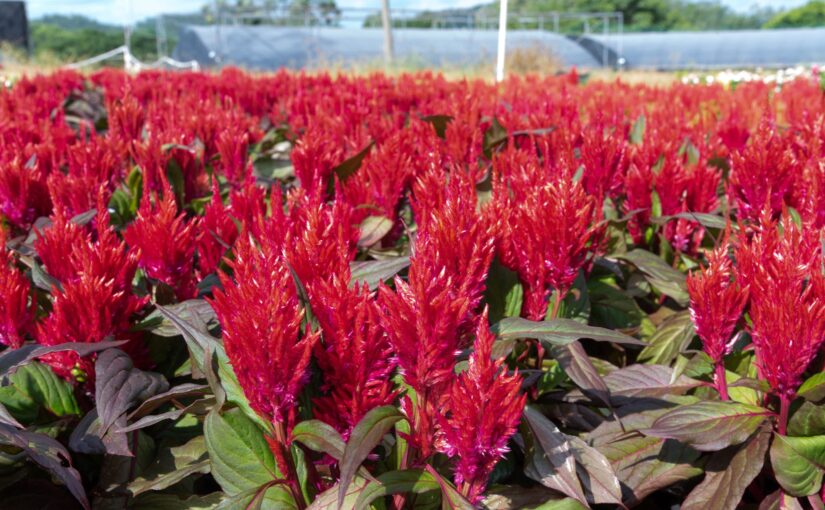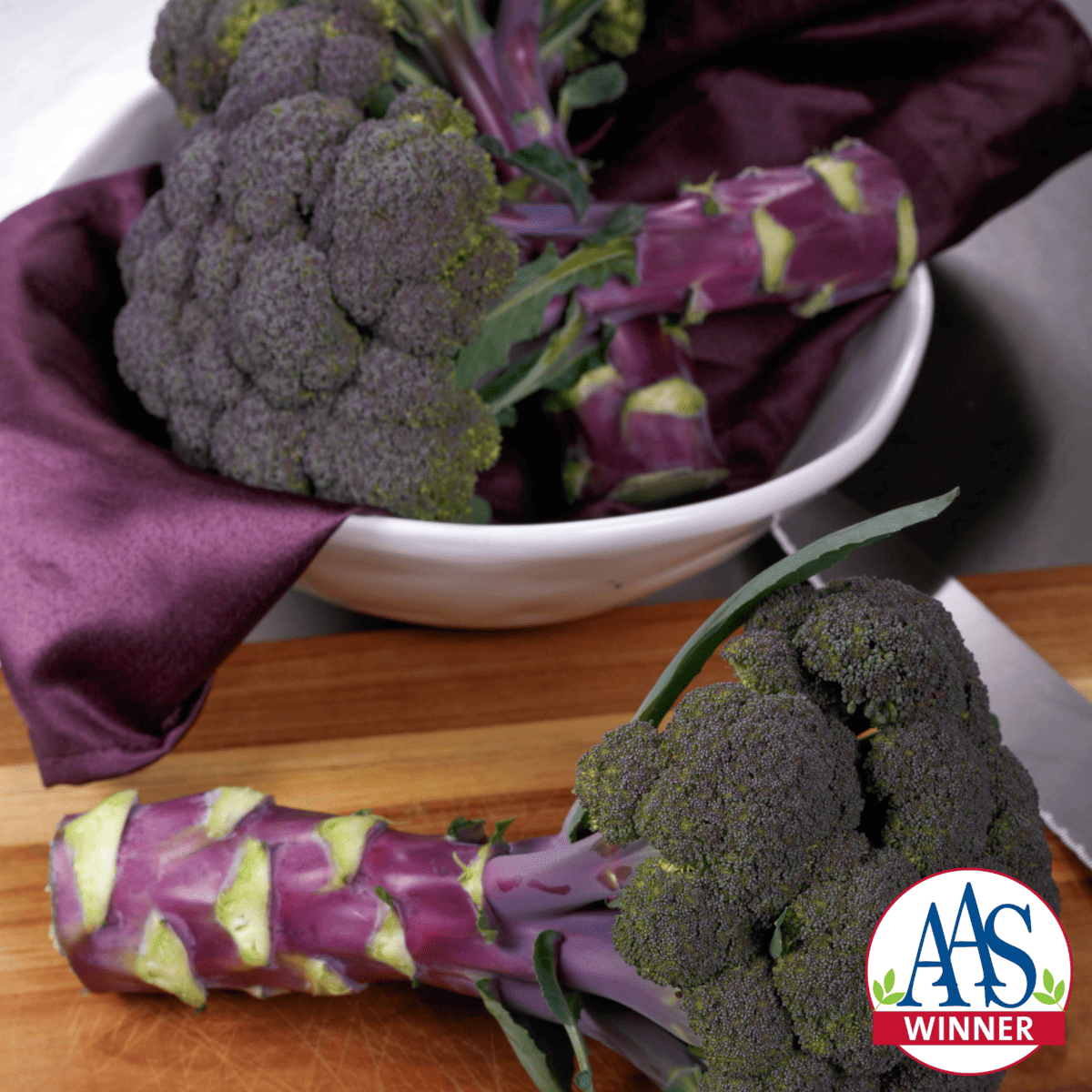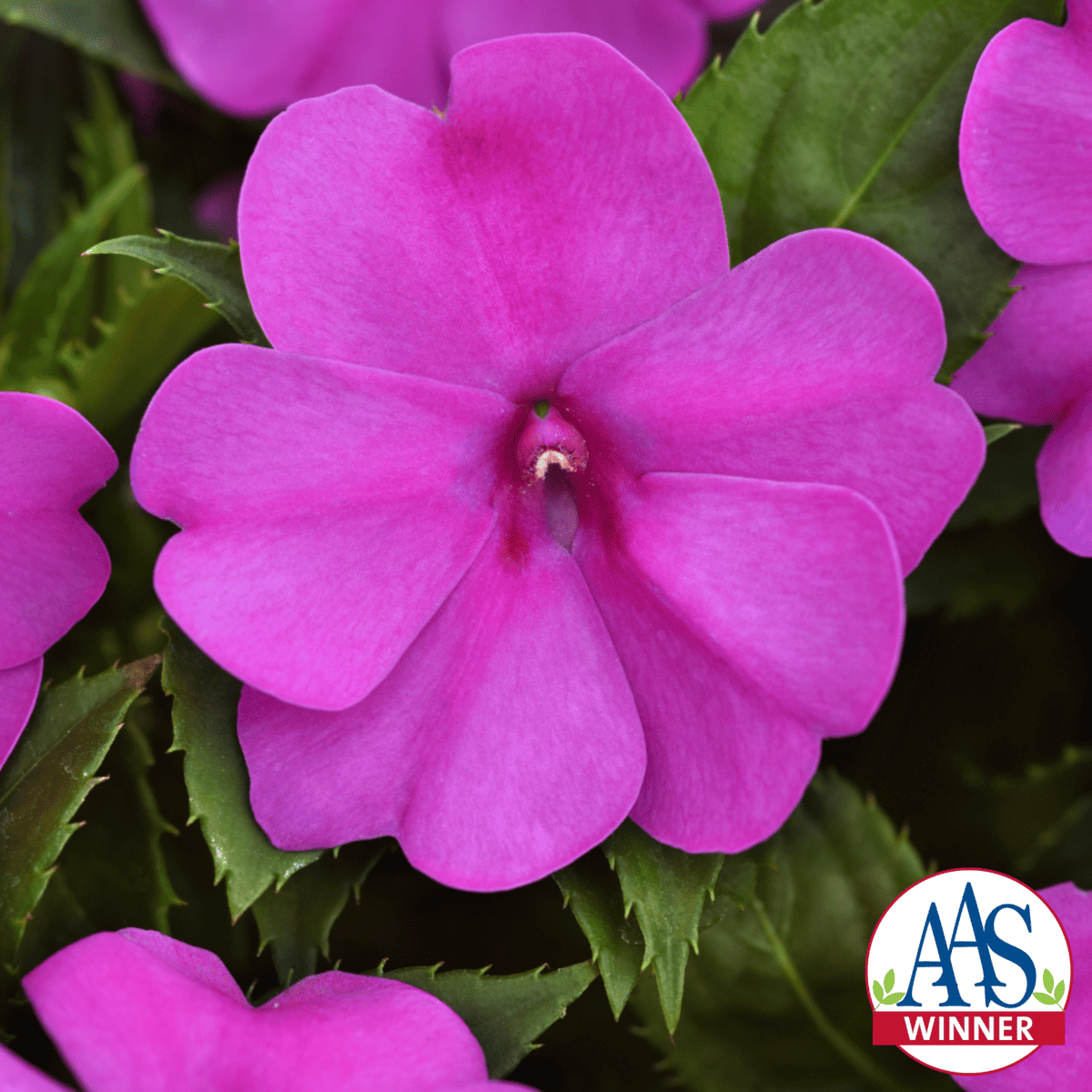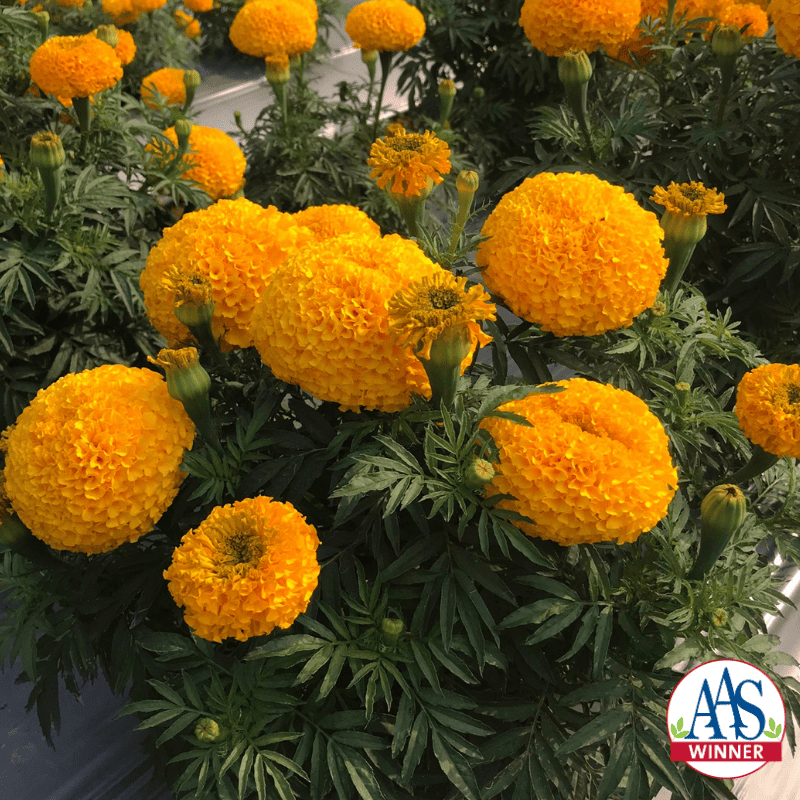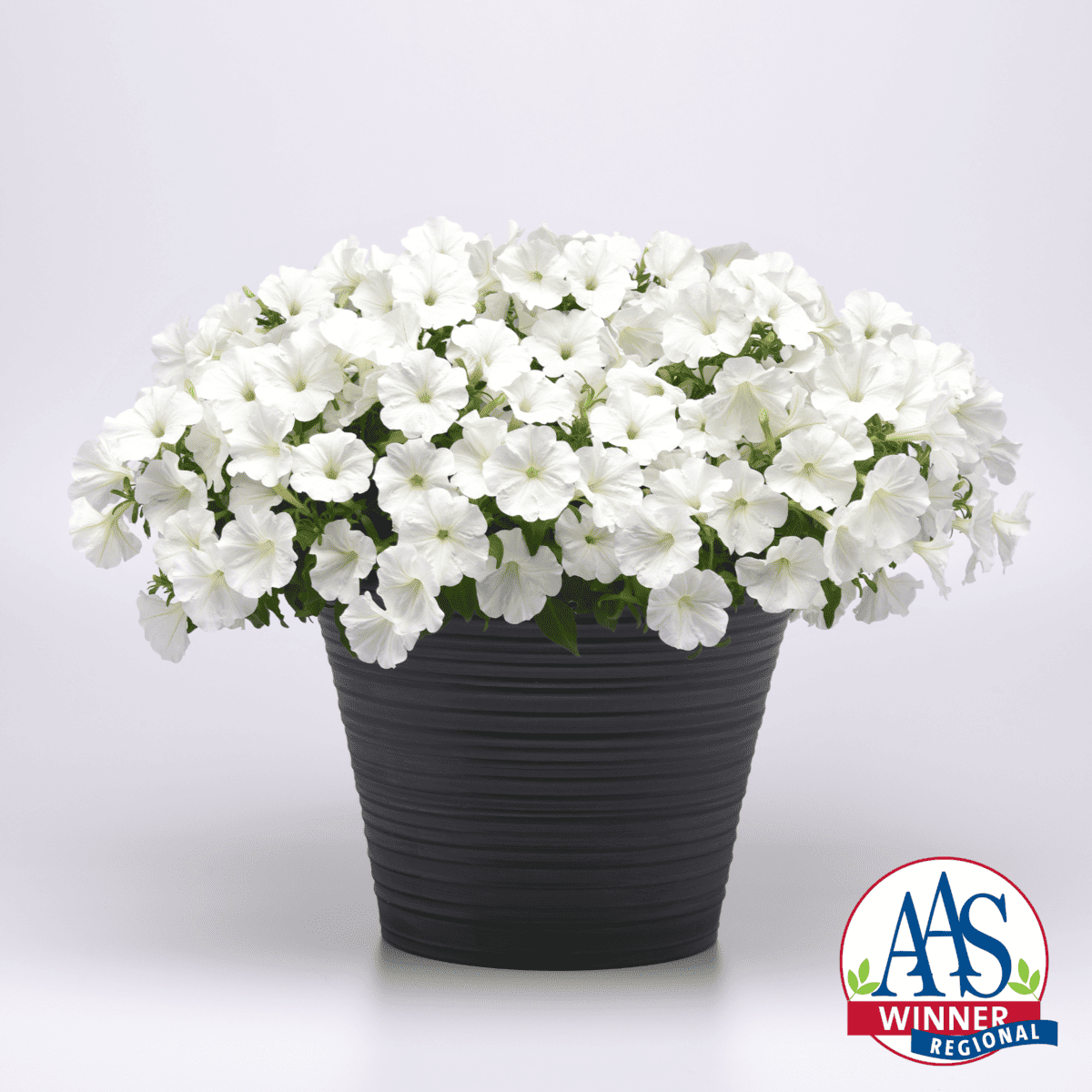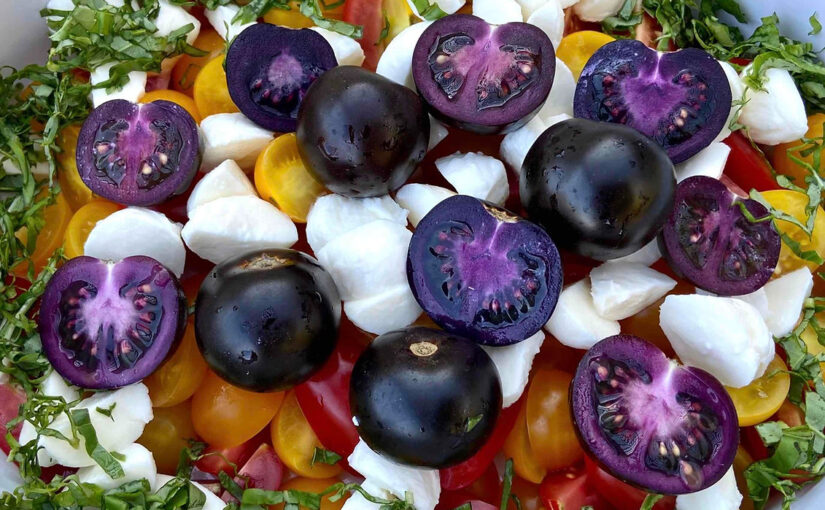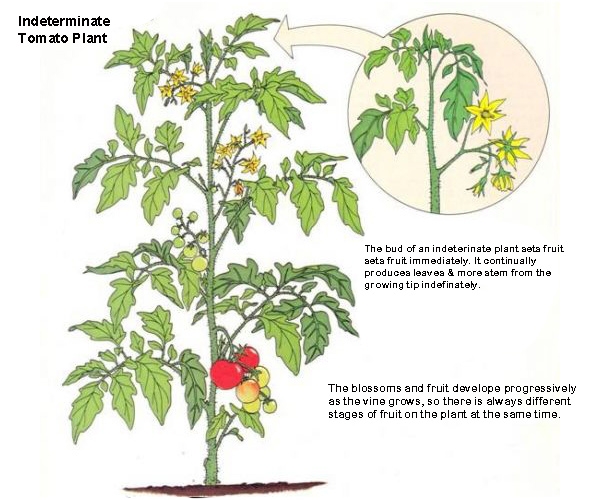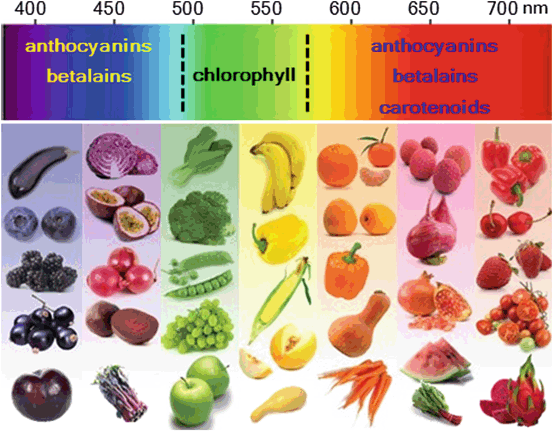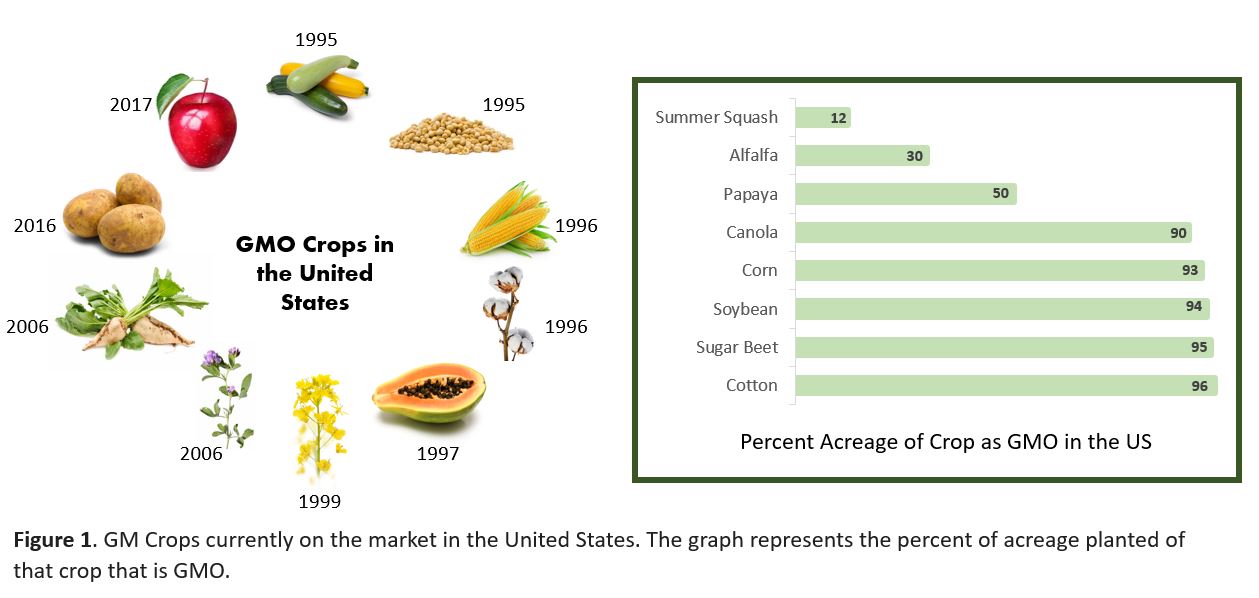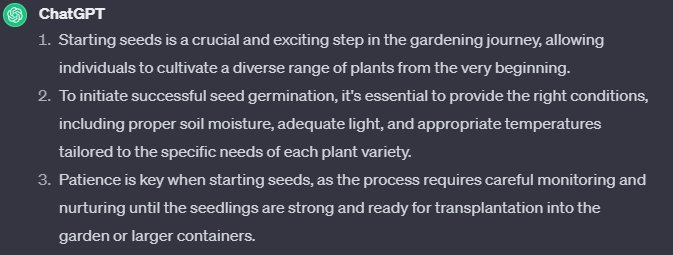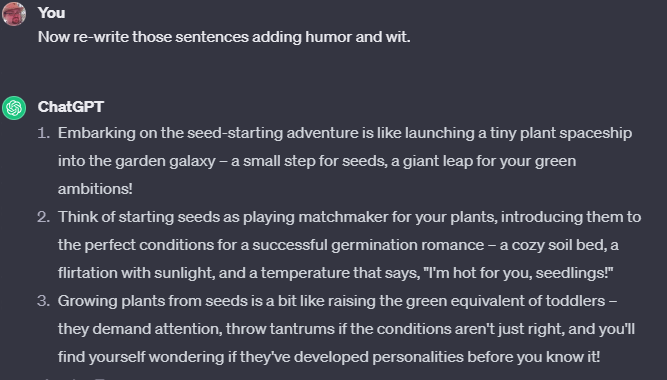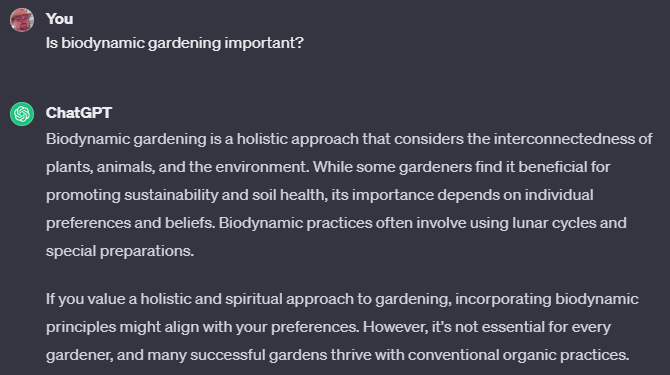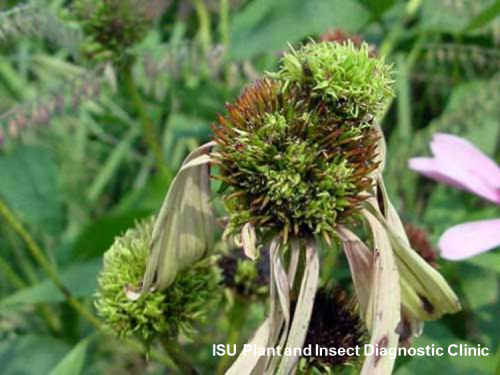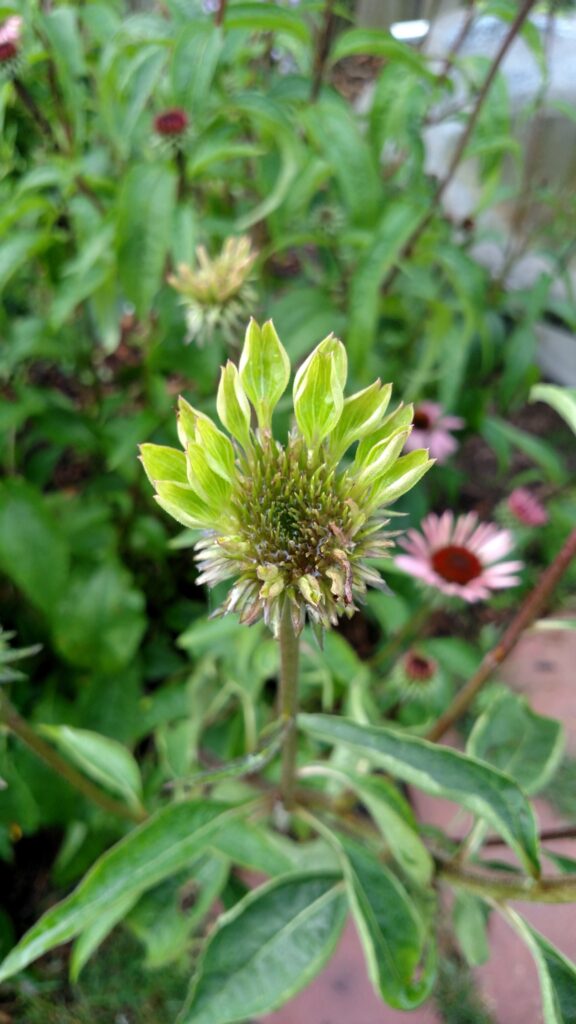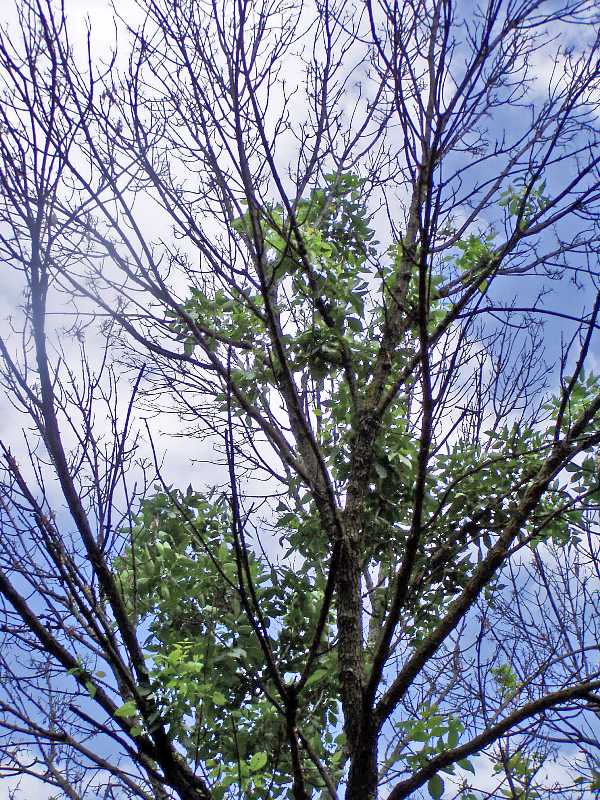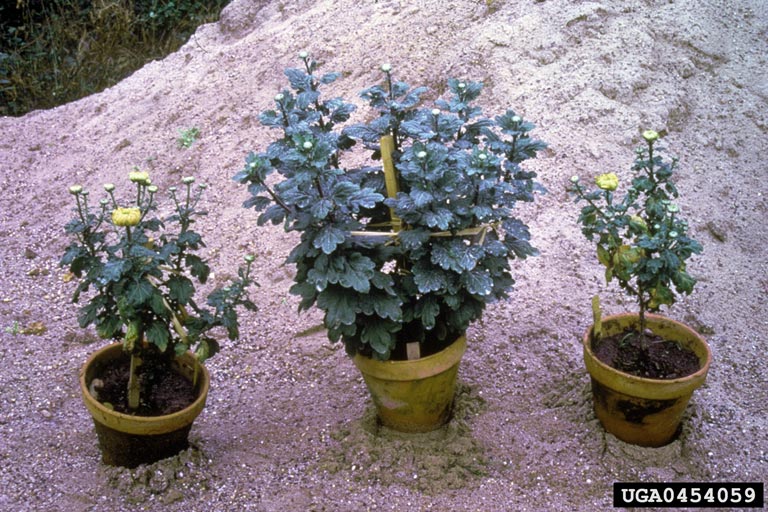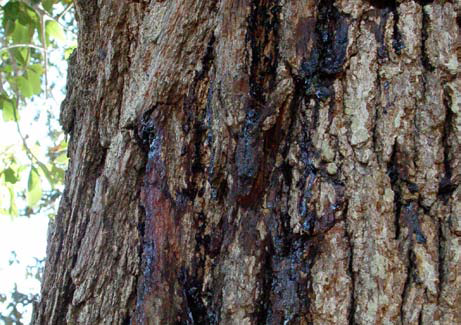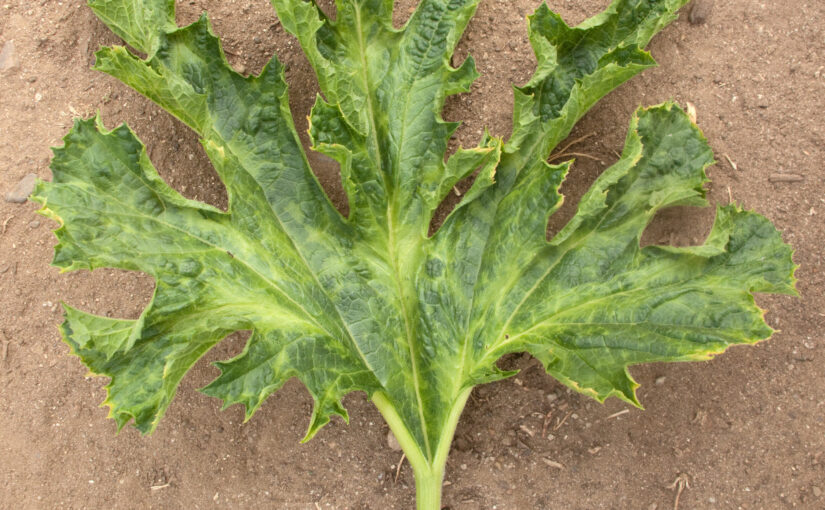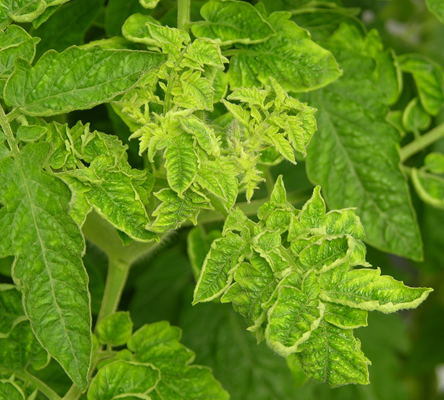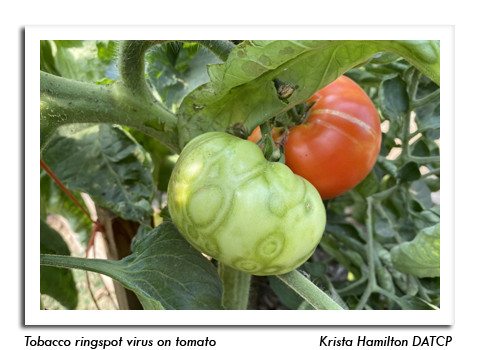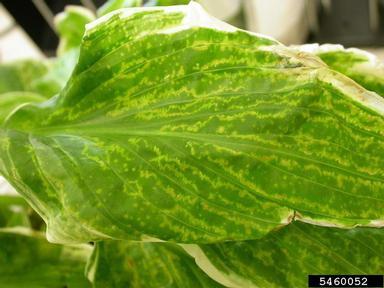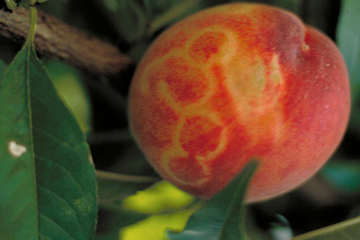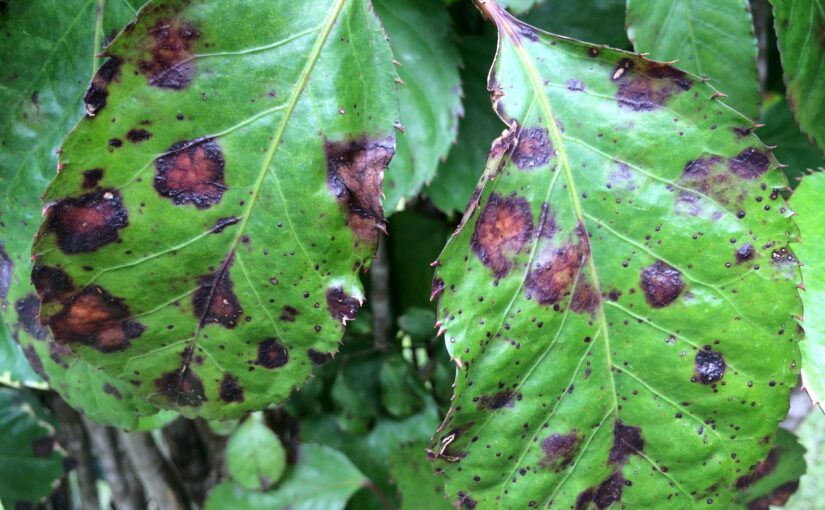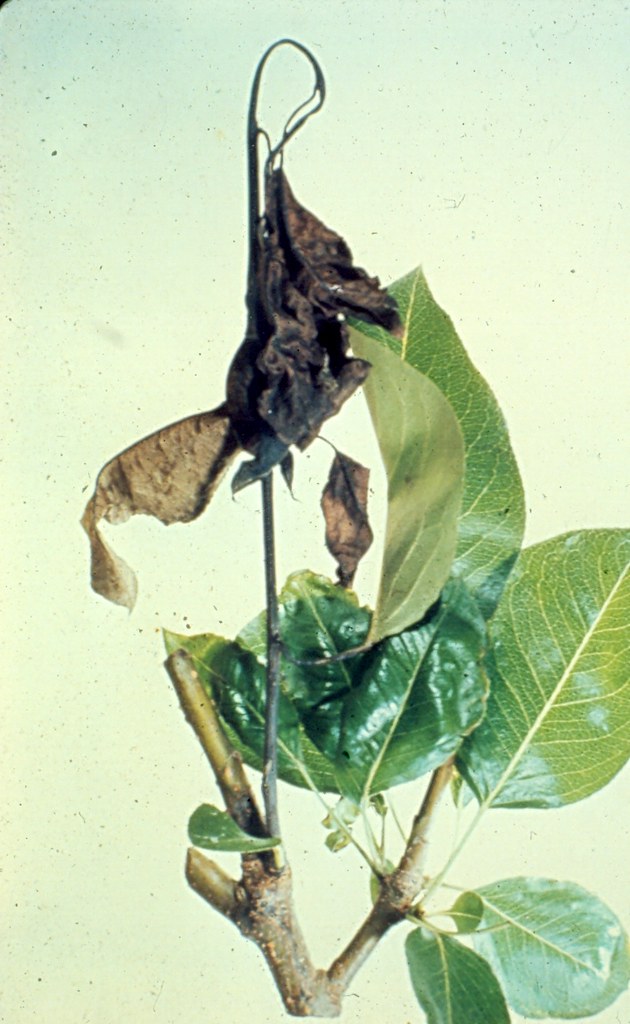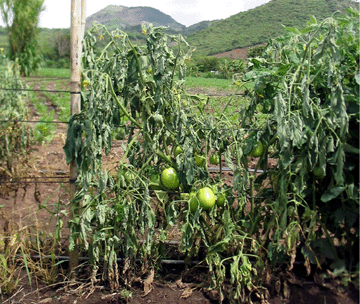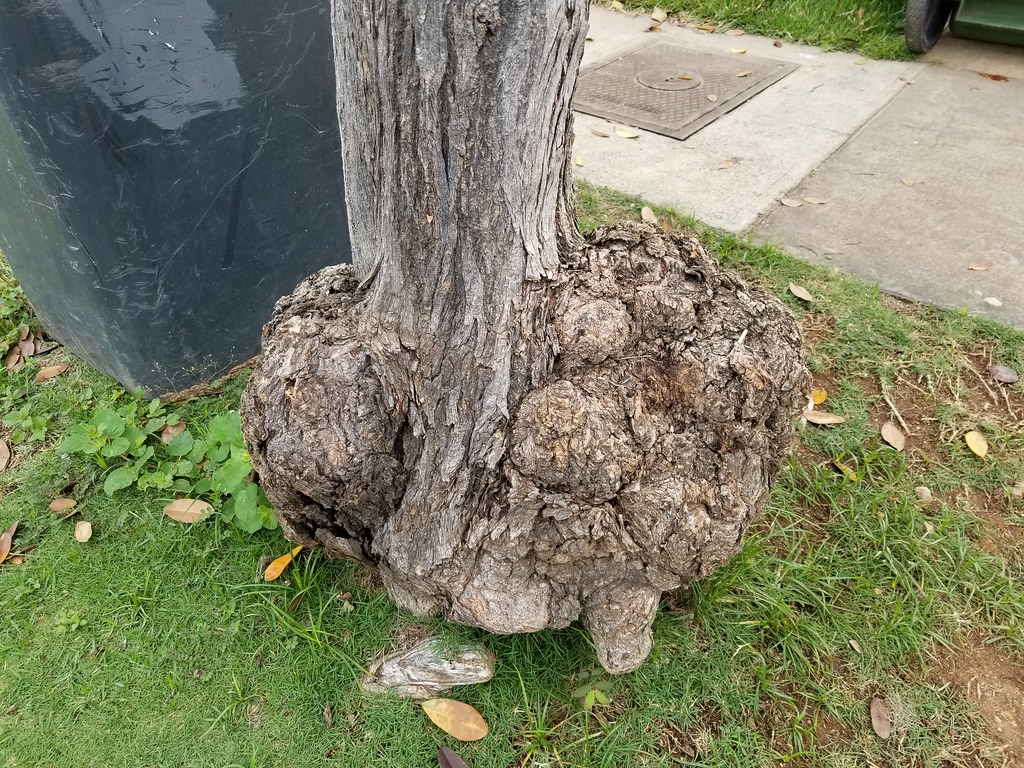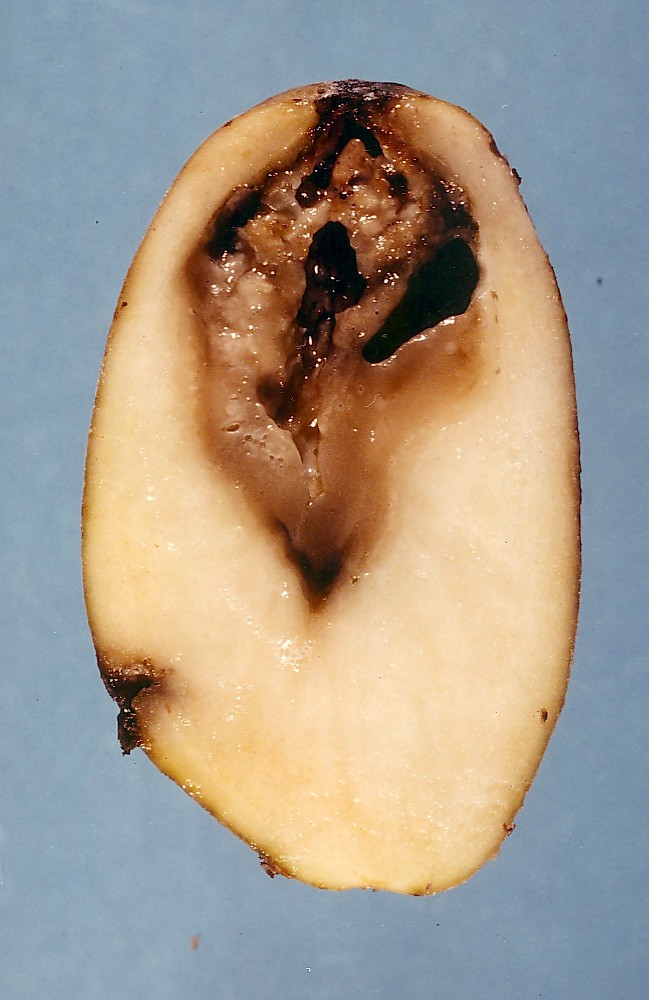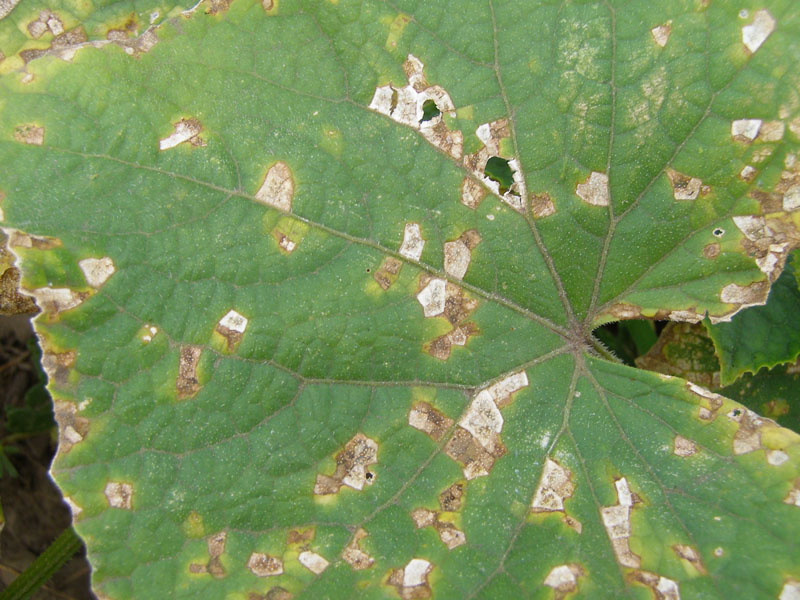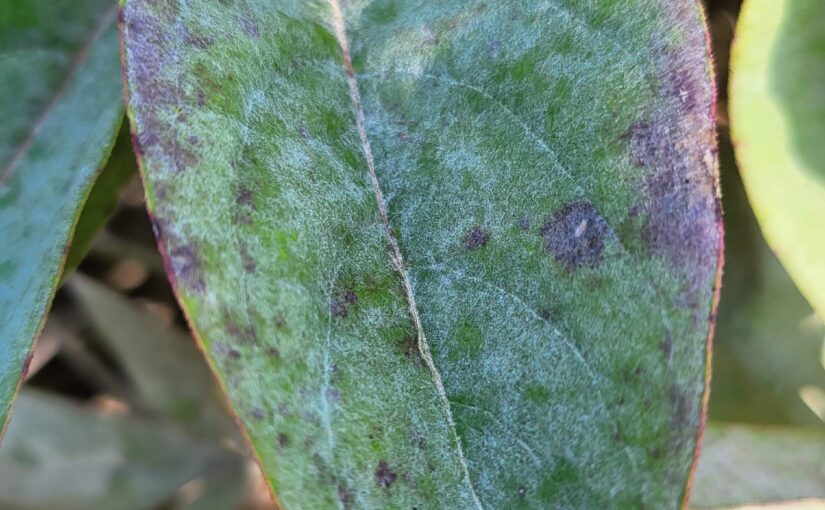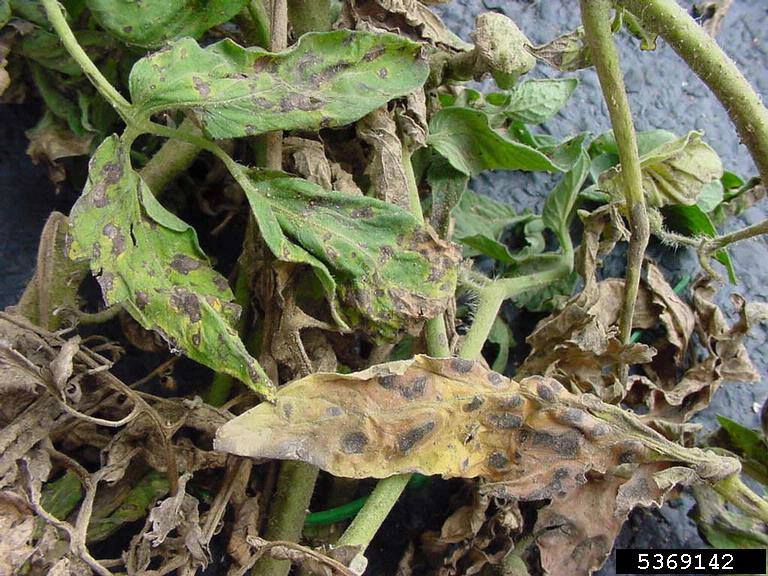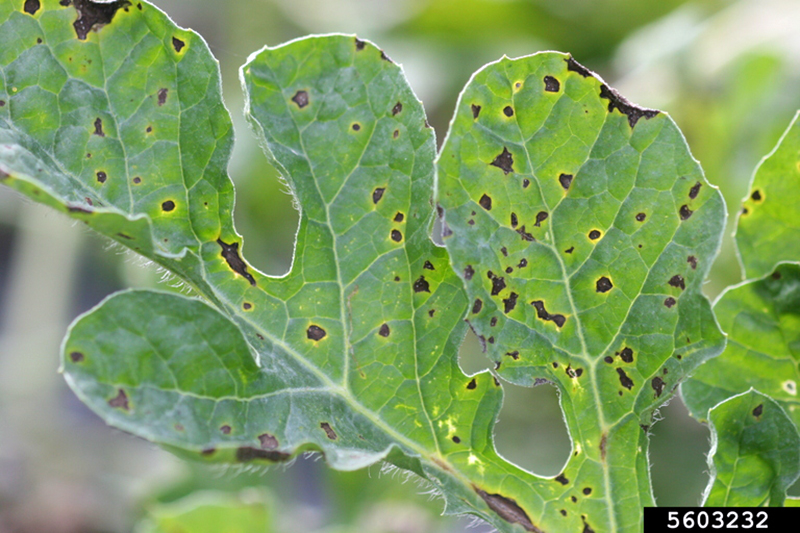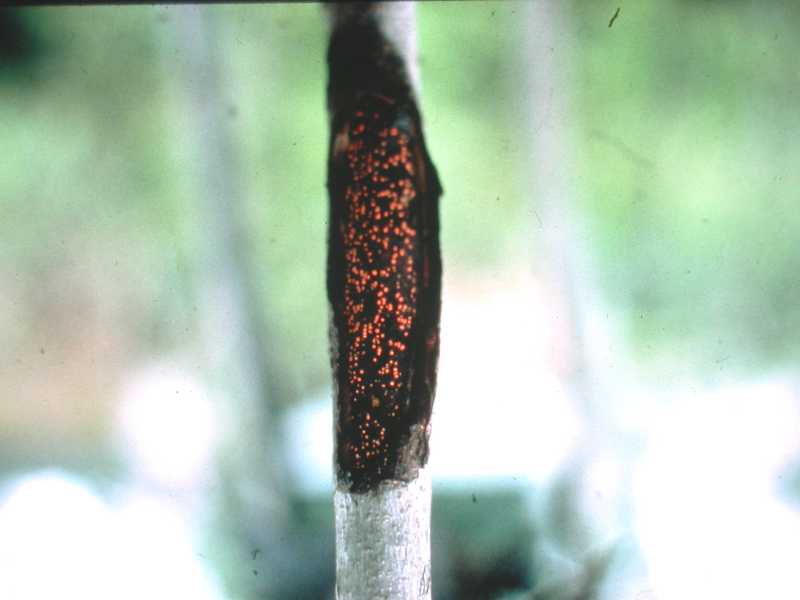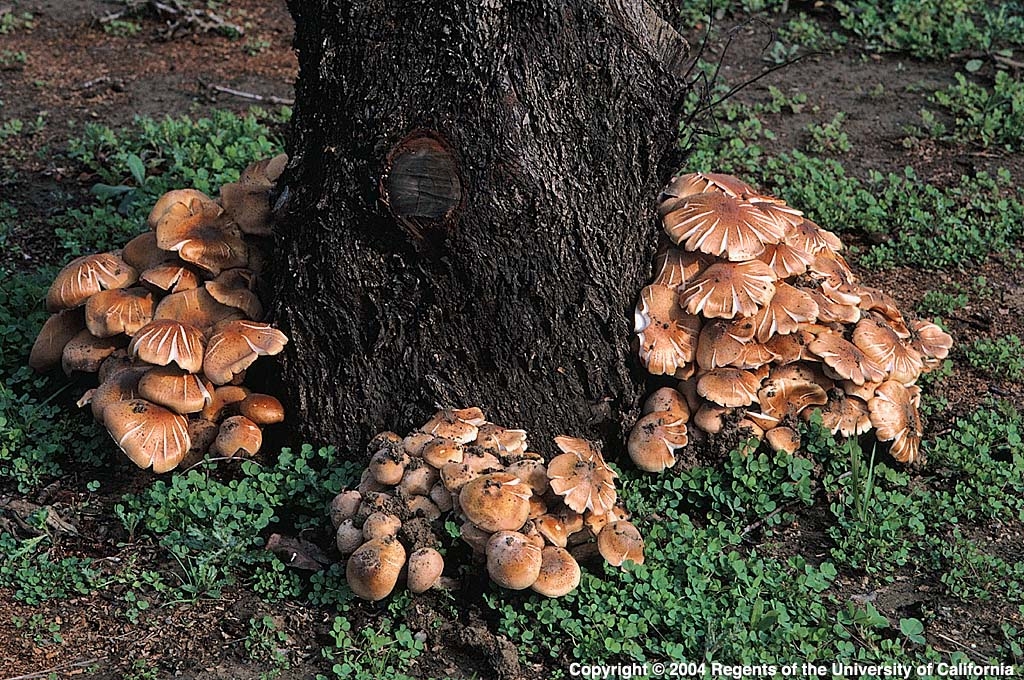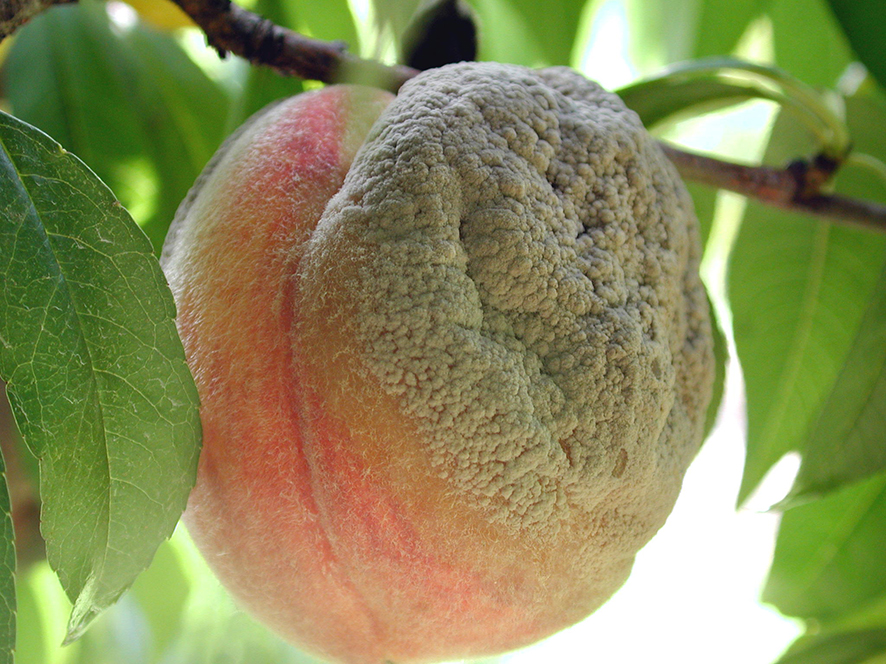While there are still doubters out there mostly thanks to politics, it is pretty clear that the climate is changing and humans are affecting the speed at which it is occurring. The number of record-breaking temperatures and the shift in the USDA hardiness zones show the current effects of this change that will affect almost all parts of our lives, including gardening. What may be less apparent to folks is shifting weather patterns and the increased incidences of extreme weather. Just ask farmers about the weather and they can tell you how extreme weather has gotten. The funny thing is that while many farmers may doubt the existence of anthropogenic (human-caused) climate change, research has show that they believe that weather has gotten worse and that they change their practices and livelihoods to cope with those changes. So as gardeners we can also adjust our practices to deal with the changes as well.
I live in Omaha, Nebraska and we definitely have seen this uptick in extreme weather events this year. From over a dozen tornado touchdowns during the afternoon of Arbor Day (some friends and I got to shelter in place at a warehouse box store for a few hours that day) in a system that had 145 tornadoes across the Midwest. May 2023 was the driest month on record with just 0.17” of rain, feeding the already severe drought in the area. On the other hand, May 2024 was the second wettest May and the eight wettest May on record with 11.14” of rain – the amount that we would normally expect to receive between January 1 and June1 in any given year.

As gardeners we should consider both the long-term implications climate change and the short-term weather extremes that it brings and what sort of mitigation strategies may be needed. And while the individual effect of practices to reduce or sequester greenhouse gas emissions might be minimal, if many people practice climate-smart gardening there could be a small impact – every little bit helps.
Mitigating practices for climate-smart gardening
At this point the change is already happening, so it is wise to think about what practices we need to adopt in the garden to deal with current weather pattern changes and the overall changes of the climate such as increased heat and changing precipitation (some places get less, some places get more). Here are some things to think about:
Plant climate-resilient plants
The advice I often see is that gardeners should “just plant natives,” but it isn’t really as simple as that. Yes, native plants are adapted to the current environment of the area, but will they necessarily be adaptable when that environment changes? The native range for many plants, namely cold intolerant ones, will expand as more areas warm. But some plants can’t take the heat. Changing weather patterns also means that areas may become drier or wetter which could affect what grows successfully in an area. To add to this double whammy, most gardeners are planting in urban areas that have been drastically altered from the local native habitat in terms of soil, temperature, water, and more which may make conditions less favorable for native plants. It isn’t guaranteed that what grows as native today will survive in tomorrow’s climate.
It is best to take a blended approach – incorporating native plants that are likely to do well in evolving climate conditions and adding introduced plants from areas similar to what the climate is changing toward. Also keep in mind that many plants, especially fruit trees, require a certain amount of cold weather, referred to as chill hours. These requirements make it difficult, if not impossible, to grow many cultivars of fruits like apples, pears, plums, and blueberries in southern Florida, Texas, and California. As temperatures rise, the areas that struggle to grow these fruits will expand. It is even difficult to grow crops like tomatoes in some of these areas because extreme heat sterilizes pollen and slows fruit maturation. Resilient gardeners may have to turn to climate resilient (heat tolerant) vegetable cultivars in the future.
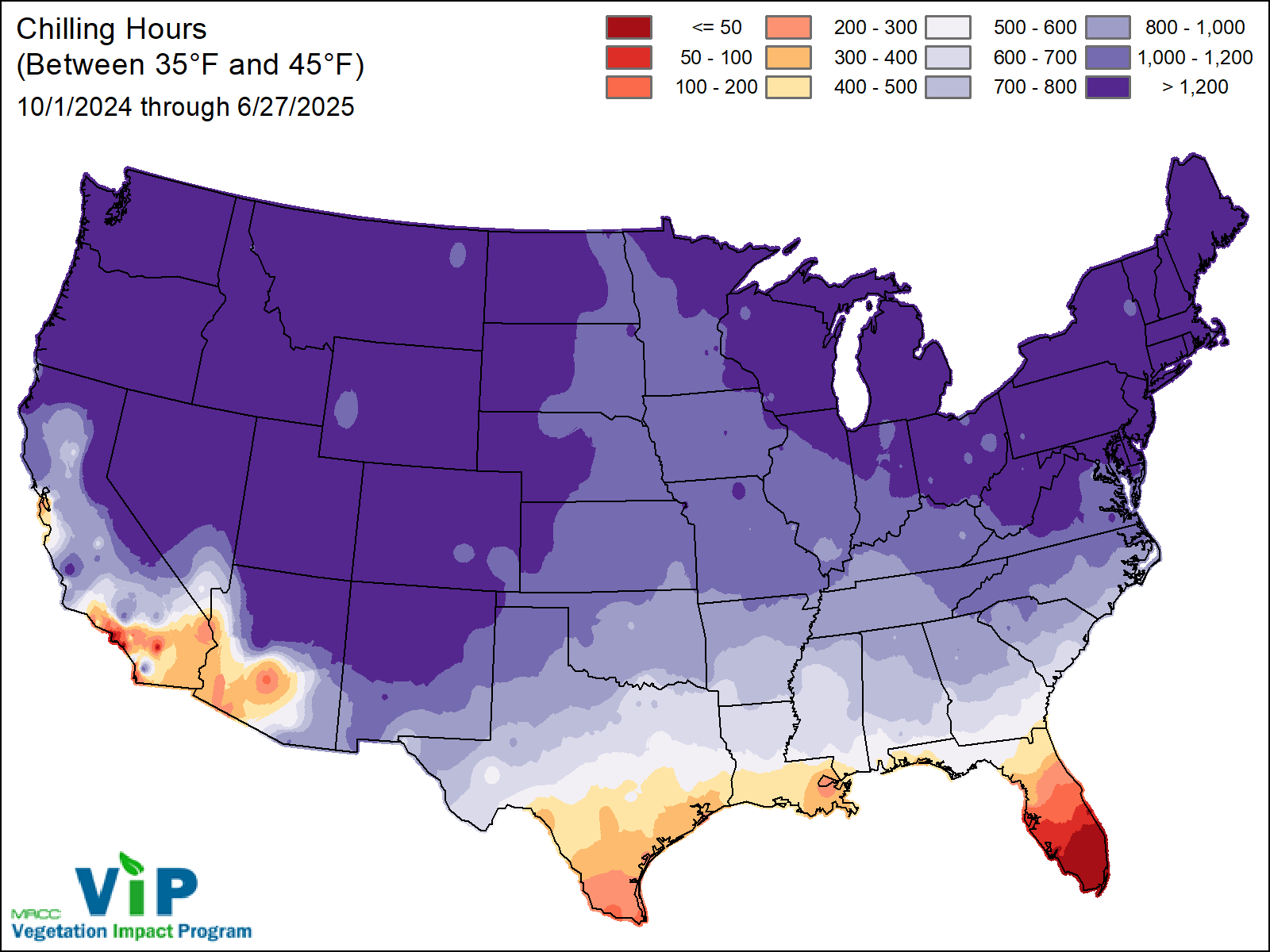

Source: Climate change trends and impacts on California agriculture: a detailed review
Improve Soil Health
Healthy, organic-matter rich soil retains water better and supports plant nutrition. Supporting plant health makes them better able to grow when environmental conditions aren’t exactly perfect. Soil organic matter collects and holds water over long periods, making it available to plants longer term if conditions become dry. It can also aid in drainage if conditions become wetter. Increase organic matter through the application of mulches and composts. In vegetable gardens, cover crops can also be an effective means of adding organic matter and nutrients to the soil.
Water Management
Aside from building soil health to retain water, using mulch to reduce evaporation can also effectively improve water management. Organic mulches also help reduce and moderate soil temperatures, which is important especially during extreme heat periods.
Using effective and efficient irrigation can also help keep plants healthy while reducing water usage. Many perennial plants adapted to current environmental conditions (whether they are native or not) can survive without large amounts of water input during normal periods of precipitation. However, during extreme heat or drought even low-water plants may need supplemental water. Most all plants also need supplemental water for the first few weeks or months after planting until they are established.
Create Microclimates
It is a fairly common practice to create microclimates to protect tender plants in cold weather, such as planting near walls or using protective structures like low tunnels or high tunnels for vegetables and fruits. As temperatures rise gardeners may need to consider creating microclimates to protect plants from heat or extreme conditions like wind. The use of shade cloth or shady areas, trellises, and wind breaks can help protect from extreme temperatures, harsh winds, or excessive sun exposure.

Planting Adaptations
Aside from changing what is planted, when things are planted might also need to change. Planting times for vegetables, fruits, and annuals will likely shift earlier, especially in areas with extreme heat that would negatively effect plants.
Promote Biodiversity
Planting a variety of plants, both native and introduced, will be helpful if the environment becomes unsuitable for certain species. That way, you haven’t put all of your eggs in one basket. Biodiversity will also support wildlife and insect populations that will also be effected by the changing climate. Having a variety of plants for food and shelter will be paramount for supporting pollinators, songbirds, and other species.
Can you effect climate change from your garden?
Like I said earlier, individual garden practices would likely have little effect on slowing climate change, but if lots of gardeners change practices there could be an effect, even if it is somewhat minimal. Every little bit helps. I left extension back in October to work for a company that supports farmers in conservation and climate-smart practices that add carbon to the soil and therefore reduce greenhouse gas emissions. The effect of an individual farmer would be minimal, but working with hundreds or thousands of farmers and hundreds of thousands of acres of crops can have at least some impact.
So what can you do as a gardener? The thing that most people think about is reduced usage of power equipment that relies on gas or diesel. While electric and battery tools rely on the electric grid that still uses fossil fuels, as the grid continues to add renewable and sustainable energy sources the carbon footprint will continue to shrink.
But one of the best things gardeners can do goes back to soil health. Organic matter build up in the soil sequesters carbon. Therefore practices that add organic matter to the soil can also have an impact on greenhouse gas in the atmosphere. Adding organic matter is a starting point, but you want to make sure it stays there. In annual production systems like in vegetable gardens, tillage promotes the decomposition of organic matter which releases the carbon back into the atmosphere. Minimizing soil disturbance by adopting no-till practices is a key step gardeners can take to reduce their carbon footprint (and positively effect soil health). Eliminating soil disturbance when establishing new perennial beds is also beneficial, but perennial plantings, especially trees, are great at sequestering carbon deep in to the soil for the long-term.
Sources
- Climate change trends and impacts on California agriculture: a detailed review
- https://impactlab.org/map/#usmeas=absolute&usyear=1986-2005&gmeas=absolute&gyear=1986-2005
- https://www.climate.gov/maps-data/dataset/future-climate-projections-graphs-maps
- https://piedmontmastergardeners.org/article/climate-resilient-vegetable-varieties/
